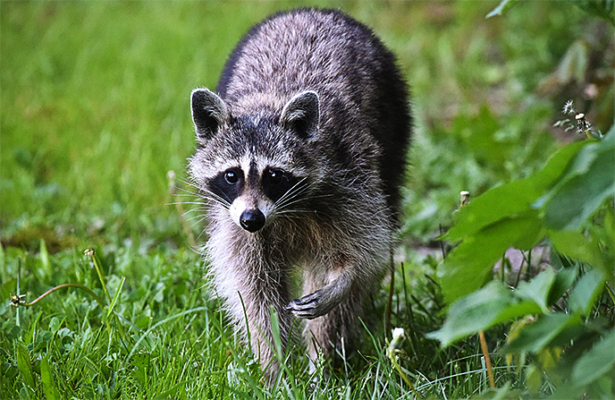Another rabid animal has been identified in New Jersey after a pet dog was the first to sniff out the disease-ridden skunk, according to the Camden County Health Department.
The dog killed the skunk in its owner’s backyard in Gloucester Township.
The dead animal was picked up by the local animal control officer, who took it to the state Public Health and Environmental Laboratories in Trenton, where it tested positive for rabies on Oct. 9. It’s unclear when the actual incident occurred.
Camden County health officials were provided proof of vaccination for the dog, which also received a rabies booster. The dog is being confined as part of a 45-day observation period.
There are currently no known human exposures, according to officials.
This incident follows an earlier one where a rabies-infected raccoon attacked two pet dogs in East Brunswick on Sept. 26, said health officials in New Jersey’s Middlesex County.
The county’s Office of Health Services said the dogs fought with the raccoon on their owner’s property.

Pre-Emptive Measures
Commissioner Virginia Betteridge, liaison to the Camden County Health Department, said pre-emptive measures can help protect residents and their animals against rabies.
“Although rabies is a serious illness, it can be prevented by early treatment,” she said. “If you have been bitten or scratched by a wild animal it is important that you seek immediate medical attention.”
Betteridge advised residents to keep all vaccinations up to date for all pet dogs, cats, and ferrets, and to keep watch of them outside to avoid wild animal encounters.
She said residents can contact their local animal control agency to remove any stray animals, which have potential to be disease ridden, from their neighborhoods.
Residents are also asked to keep garbage cans closed and to keep their distance from wild animals like raccoons, skunks, or foxes. Also, no matter how “cute” they are, Batteridge said residents should also never adopt wild animals or nurse them back to health, whether they are wild or domestic.
The fatal rabies virus can be transmitted to all warm-blooded mammals, including humans, dogs, cats, etc. It is usually spread through the saliva of a rabid animal and transmitted by bite or through an open wound.
Bat and raccoon variants of the disease are commonly found in New Jersey. Animals most commonly infected in the United States, accounting for 95 percent of infections, include bats, foxes, cats, dogs, skunks, and groundhogs, according to health officials.
Human Cases of Rabies
Rabies in humans is rare, with just one to three cases diagnosed each year in the United States, most of which are from bats.
Between 2003 and 2013, there were 24 cases between the United States and Puerto Rico, with 71 percent of such acquired from bats, according to the New Jersey Department of Health.
Although rare, if infected, the disease can result in death. The last reported death in New Jersey occurred in the fall of 1997, involving a Warren County man with a history of bats in his home.
Health officials said there was no report of him being bitten, but his wife had witnessed the man carrying bats out of their home using his bare hands and a cloth.
In 1971, a New Jersey man was bitten by a bat infected with rabies and died after refusing treatment, accounting for the state’s first of two reported deaths.
Most recently, a 65-year-old Minnesota resident died last month from rabies after being exposed to a bat two months prior, according to the Minnesota Department of Health. The case was the fourth-ever human infection in the state.

